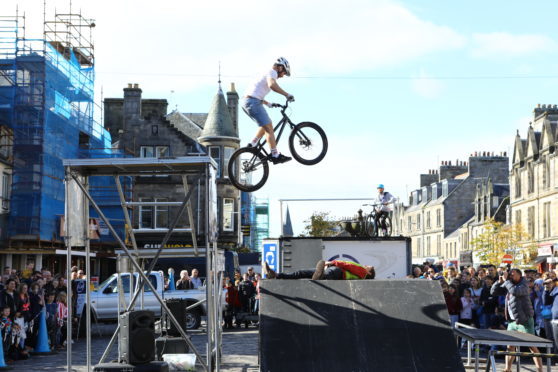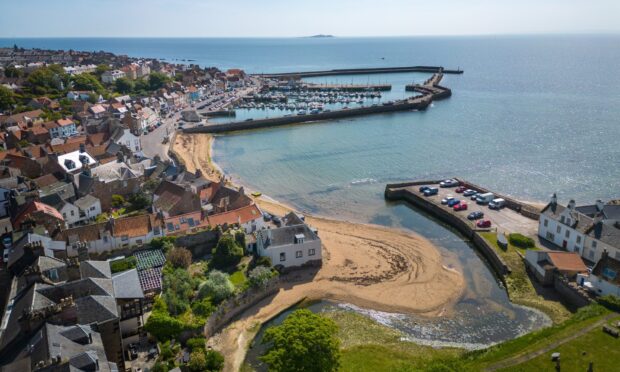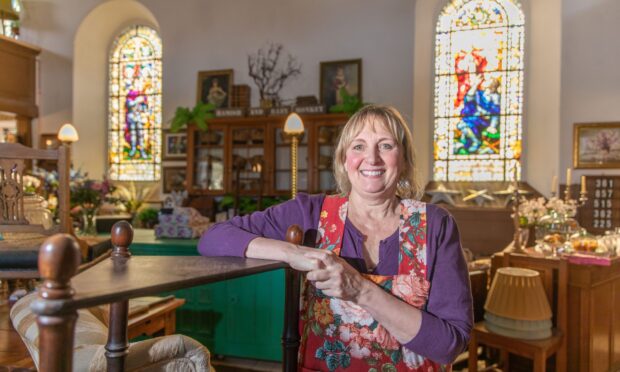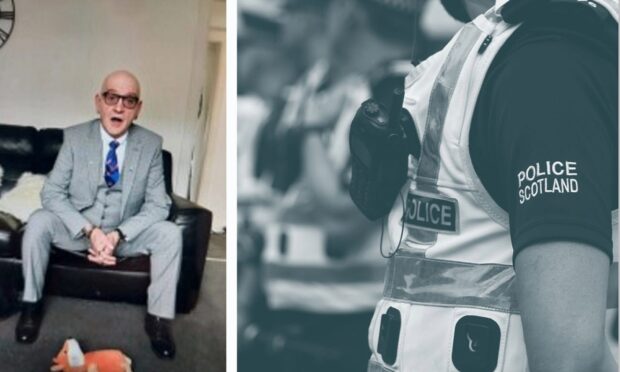I’m not saying people in other areas are apathetic, far from it, but it’s fair to say that many issues tend to be magnified when they arise in St Andrews.
From HMOs and student accommodation to school sagas and contentious planning applications, everyone knows that St Andreans can be particularly passionate on a certain topic – and those in the university town tend to be particularly good at articulating their thoughts.
Healthy debates are always welcome, of course, and any controversial decisions that need to be made are normally given a good airing and can therefore be classed as well thought through.
So it will be very interesting to see what happens in the great St Andrews pedestrianisation debate, which has been reignited recently with the town taking part in its first World Car Free Day.
Market Street was pretty much car-less for a whole working day a couple of Saturdays ago, seen as a taster of what life could be like in a truly walkable town centre, and I’m told that we should expect the results of a specially commissioned feasibility study into the possibility of pedestrianising certain areas of St Andrews within a matter of weeks.
As a Kirkcaldy boy, I’ve got to say I’m not a huge fan. Not because it doesn’t have its benefits. Pedestrianising town centres has numerous advantages, especially in areas which have become hugely congested.
It cuts down on car use, it increases people’s use of public transport, it will reduce the risk of road crashes or injuries, it will preserve the place’s heritage and give people a sense of civic pride. Not to mention the obvious environmental and health benefits.
But I’m yet to be convinced by Kirkcaldy and Dunfermline’s examples, so I’m not sure if it would have the desired effect in St Andrews.
Having been to many pedestrianised town and city centres, it can be quite an eerie and daunting place to be when the town centre isn’t busy – especially at night. In some places, everything just seems to stop when the shops shut. There needs to be something for people to do, something to attract people in, to make it work after 6pm.
Other areas to have tried pedestrianisation argue the disadvantages can outweigh the advantages, and many of those areas have bemoaned the loss of the small retailers.
Kirkcaldy at least is going in the right direction in an attempt to get more pedestrians spilling out into the waterfront area, with plans to reduce the Esplanade back down to one lane. If the town gets its cinema and its leisure complex, then that might work.
However, Kirkcaldy is an anomaly in itself in that although the High Street is pedestrianised, the regular sight of vehicles parked along its length for whatever reason kind of defeats the purpose for me. If cars – albeit driven by Blue Badge holders – are running up and down most of the day, why not just bring back the road and see what that does to footfall?
As ever, it’ll be interesting to see and hear the arguments for and against over the coming weeks, although I don’t envy those who will inevitably have to take some sort of decision on whether or not to take the concept forward.










